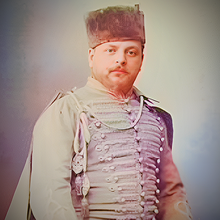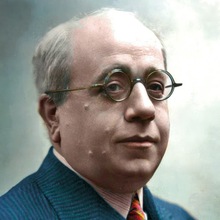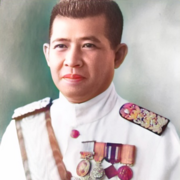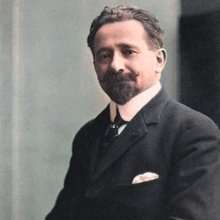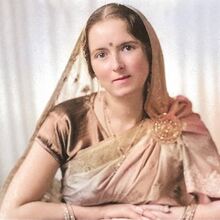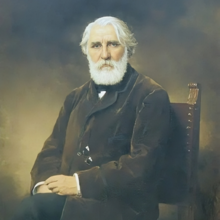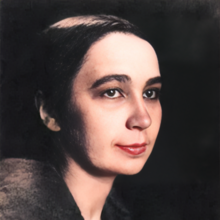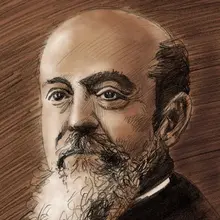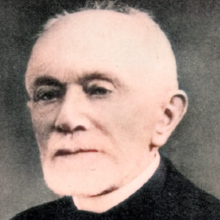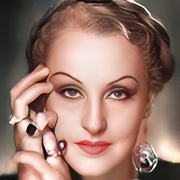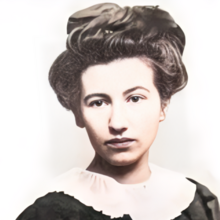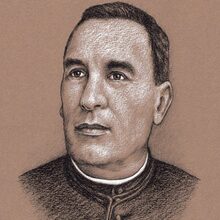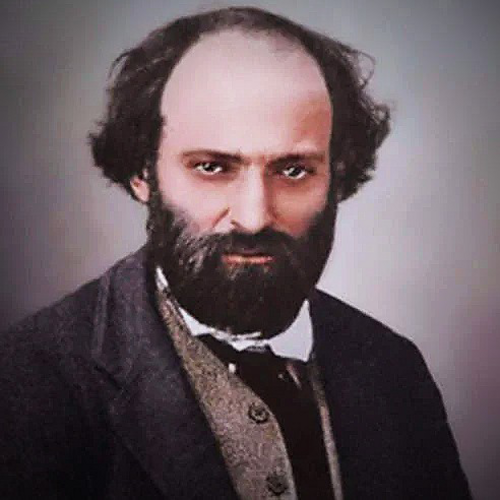
Personal
Other names:
Job / Known for:
Post-Impressionist painter
Left traces:
Influenced Cubism and Fauvism
Born
Date:
1839-01-19
Location:
FR
Aix-en-Provence, France
Died
Date:
1906-10-22 (aged 67)
Resting place:
FR
Death Cause:
Pneumonia
Family
Spouse:
Marie-Hortense Fiquet (m. 1886–1906)
Children:
Paul Cézanne Jr. (1872–1947)
Parent(s):
Louis-Auguste Cézanne and Anne-Elisabeth-Honorine Aubert
QR Code:
Show More
Rank
Users ranking to :
Thanks, you rate star
Ranking
5.0
1
Fullname
Paul Cezanne
Fullname NoEnglish
Paul Cézanne
Slogan
The day is coming when a single carrot, freshly observed, will set off a revolution
About me / Bio:
Show More
Article for Paul Cezanne
Died profile like Paul Cezanne
Comments:

